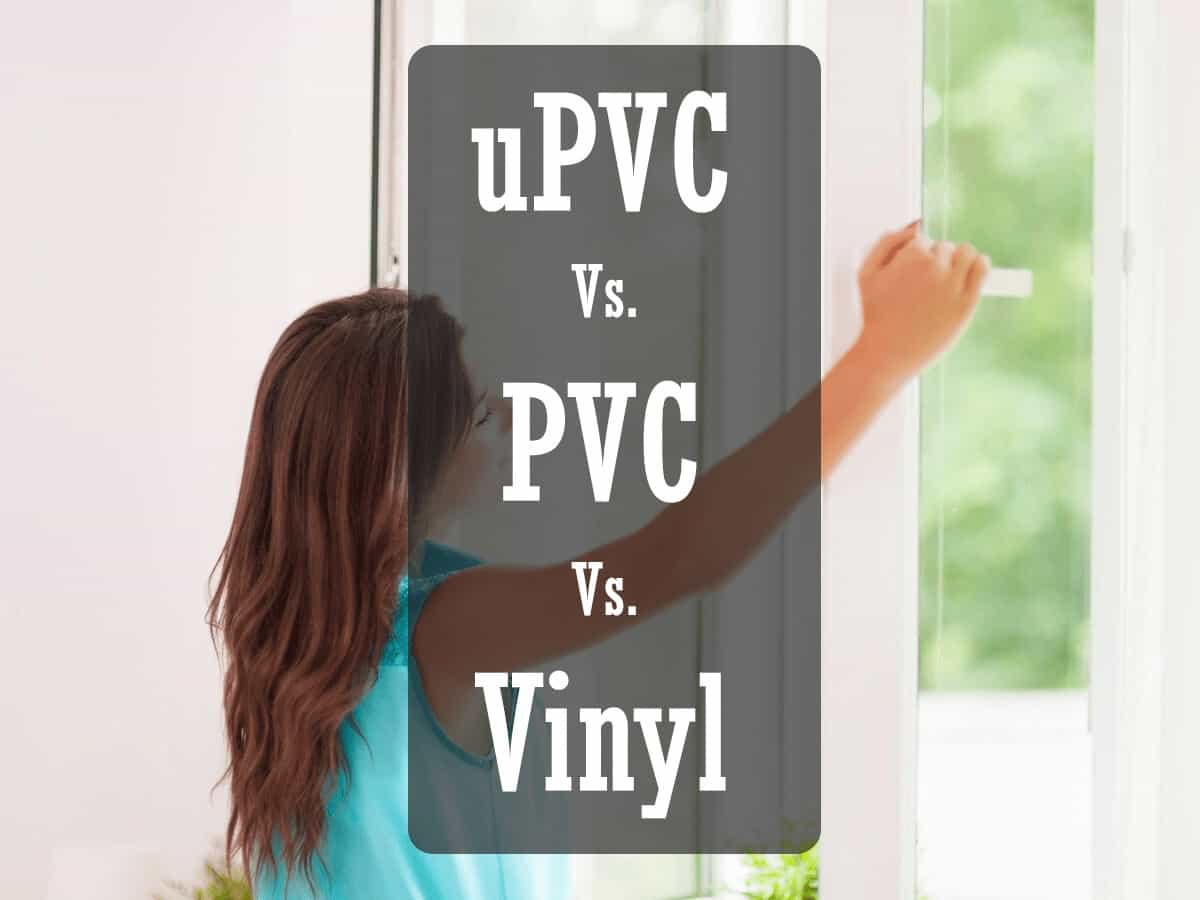240
The choice between uPVC, PVC, and Vinyl materials for doors and windows depends on several factors, including durability, maintenance, environmental concerns, and cost. Here’s a detailed comparison:
1. uPVC (Unplasticized Polyvinyl Chloride)
- Definition: uPVC is a rigid form of Polyvinyl Chloride without plasticizers, making it highly durable and stable for structural use.
- Features:
- Tough, rigid, and resistant to warping or cracking.
- Ideal for modern doors and windows.
- UV-resistant, ensuring color and shape retention over time.
- Environmentally friendly with low chemical emissions.
- Advantages:
- Superior durability and strength.
- Excellent thermal and sound insulation.
- Minimal maintenance required.
- Resistant to rotting, rusting, and moisture.
- Disadvantages:
- Limited color options (commonly available in white or light shades).
- Slightly more expensive than standard vinyl or PVC.
2. PVC (Polyvinyl Chloride)
- Definition: PVC is the base material for both vinyl and uPVC but is softer and less durable due to the inclusion of plasticizers.
- Features:
- Flexible and lightweight, commonly used for pipes, conduits, and other non-structural applications.
- Less rigid compared to uPVC.
- Advantages:
- Low cost and easy to install.
- Resistant to moisture and chemicals.
- Disadvantages:
- Not durable for long-term exposure to sunlight; prone to degradation.
- Releases toxic chemicals (e.g., dioxins) during manufacturing or disposal.
- Not ideal for doors and windows requiring structural strength.
3. Vinyl (Polyvinyl Chloride)
- Definition: Vinyl refers to products made from PVC that include plasticizers to enhance flexibility. In doors and windows, vinyl typically means extruded PVC frames with added stabilizers.
- Features:
- Flexible and widely used in window frames and siding.
- Available in a variety of colors and finishes.
- Advantages:
- Affordable and versatile.
- Low maintenance and easy to customize.
- Provides good thermal insulation.
- Disadvantages:
- Less durable than uPVC in extreme climates.
- Susceptible to UV damage; colors may fade over time.
Comparison Table
| Aspect | uPVC | PVC | Vinyl |
|---|---|---|---|
| Durability | High | Low | Moderate |
| Flexibility | Rigid | Flexible | Flexible |
| UV Resistance | High | Low | Moderate |
| Thermal Insulation | Excellent | Moderate | Good |
| Maintenance | Very Low | Moderate | Low |
| Environmental Impact | Better (no plasticizers) | Poor (toxic release potential) | Moderate (due to plasticizers) |
| Cost | Slightly higher | Low | Affordable |
Final Thoughts
- uPVC is the most suitable choice for doors and windows due to its durability, insulation, and low maintenance.
- PVC is best for non-structural applications and is not ideal for long-term use in windows or doors.
- Vinyl is a cost-effective option, though it lacks the longevity and durability of uPVC, especially in extreme climates.

